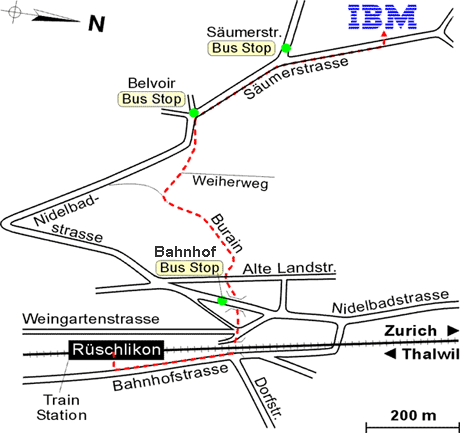Introduction from IBM Research Director, SVP Dr. Dario Gil
Agenda
View or download the PDF agenda here.
To read the abstracts in the agenda below, please click on the session title.
Day 1
Quantum Computing and Exploratory Science |
|||
13:35 – 13:45 CET (7:35 – 7:45 ET) |
|||
 Dr. Alessandro Curioni IBM Fellow Vice President Europe and Africa, Research Director IBM Research – Zurich |
|||
Quantum | Qubits: The Power of Small |
|||
13:45 – 14:00 CET (7:45 – 8:00 ET)
|
|||
 Dr. Heike Riel IBM Fellow Department Head Science & Technology |
|||
14:00 – 14:30 CET (8:00 – 8:30 ET)
|
|||
 Dr. Heike Riel IBM Fellow Department Head Science & Technology |
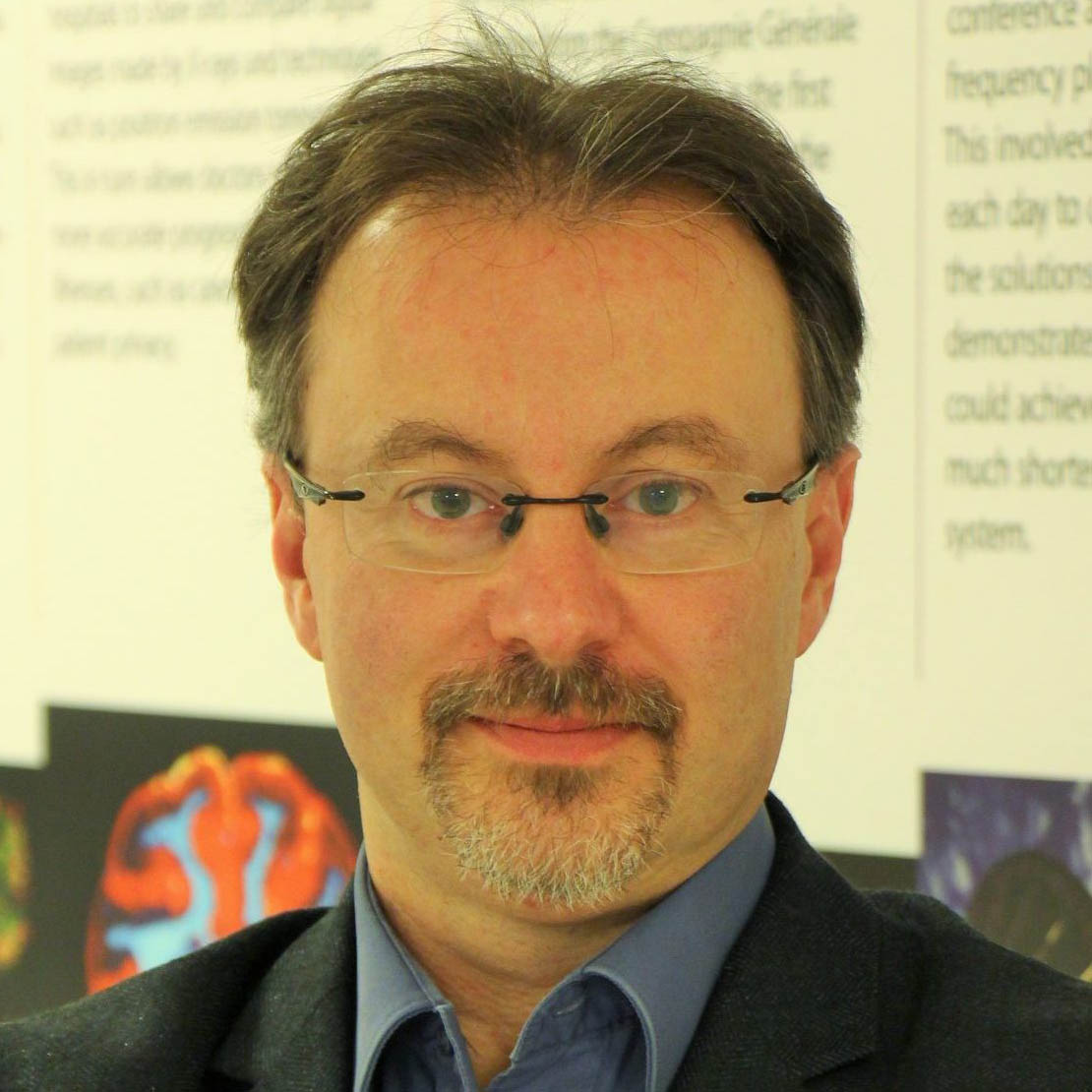 Dr. Alberto Di Meglio Head of OpenLab, CERN |
||
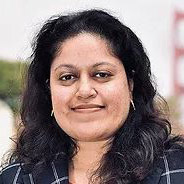 Arunima Sarkar AI Lead, World Economic Forum |
 Dr. Lidia del Rio Physicist, ETH |
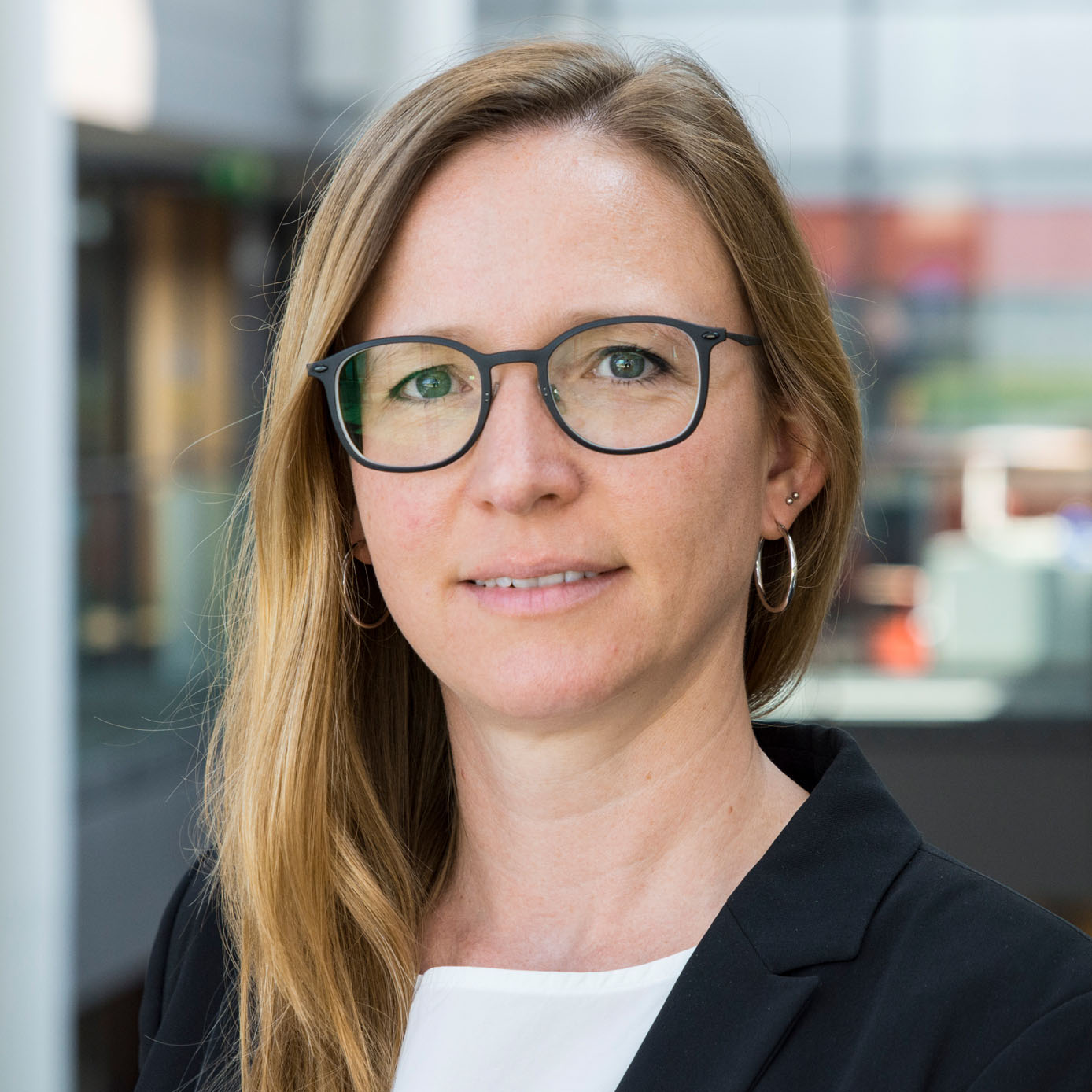 Dr. Hannah Venzl Competence Network Quantum Computing Fraunhofer Institute |
|
14:30 – 14:50 CET (8:30 – 8:50 ET)
| |||
 Dr. Stefan Woerner Global Leader Quantum Finance & Optimization |
 Dr. Christa Zoufal Research Staff Member |
||
14:50 – 15:10 CET (8:50 – 9:10 ET)
| |||
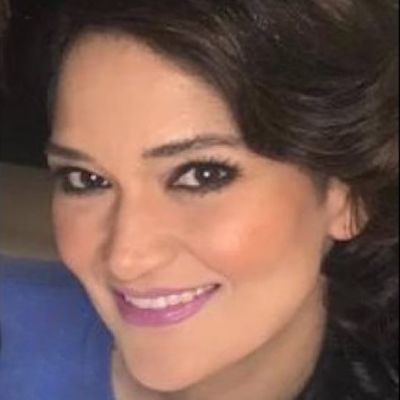 Dr. Zaira Nazario Technical Lead Quantum |
|||
15:30 – 16:00 CET (9:30 – 10:00 ET)
| |||
 Dr. Teodoro Laino Distinguished Research Staff Member & Manager |
 Dr. Pauline Ollitrault Research Staff Member |
||
|
|||
16:00 – 17:30 CET (10:00 – 11:30 ET) |
|||
Quantum computing  Dr. Andreas Fuhrer Research Staff Member |
Photonics  Dr. Thilo Stoeferle Research Staff Member |
RoboRXN  Dr. Teodoro Laino Distinguished Research Staff Member & Manager |
AFM  Dr. Leo Gross Research Staff Member |
Exploratory Science |
|||
17:40 – 18:10 CET (11:40 – 12:10 ET)
|
|||
 Dr. Thilo Stoeferle Research Staff Member |
|||

Day 2
Accelerated Discovery | AI | RoboRXN |
|||
08:45 – 09:00 CET (2:45 – 3:00 ET) |
|||
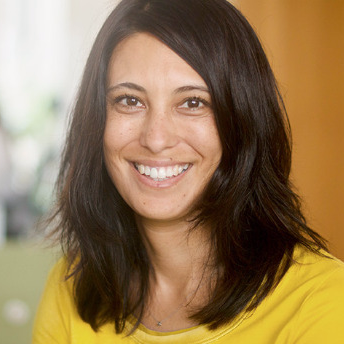 Angela Harp Communications |
|||
AI & Cloud | Smart machines to help humans thrive |
|||
09:00 – 09:15 CET (3:00 – 3:15 ET)
|
|||
 Dr. Robert Haas Department Head, Cloud and AI Systems Research |
|||
09:15 – 09:45 CET (3:15 – 3:45 ET)
|
|||
 Dr. Mark Lantz Manager, CloudFPGA and Tape Technologies |
|||
09:45 – 10:15 CET (3:45 – 4:15 ET)
|
|||
 Dr. Robert Haas Department Head, Cloud and AI Systems Research |
 Dr. Abdel Labbi IBM Distinguished Engineer Department Head, Data & AI Platforms |
 Dr. Patrick Ruch Research Staff Member |
 Dr. Cristiano Malossi Research Staff Member & Manager |
10:45 – 11:05 CET (4:45 – 5:05 ET)
|
|||
 Dr. Sean Rooney Research Staff Membe |
|||
11:05 – 11:45 CET (5:05 – 5:45 ET)
|
|||
 Dr. Abbas Rahimi Research Staff Member |
 Dr. Angeliki Pantazi Research Staff Member & Manager |
 Dr. Irem Boybat Research Scientist |
 Dr. Dan Gutfreund Research Staff Member |
|
|||
13:00 – 14:00 CET (7:00 – 8:00 ET) |
|||
Generative toolkit for scientific discovery  Dr. Matteo Manica Research Staff Member |
Deep Search AI  Dr. Peter Staar Research Staff Member & Manager |
AI for civil infrastructure inspection  Dr. Chiara Marchiori Research Staff Member |
Speech transcription 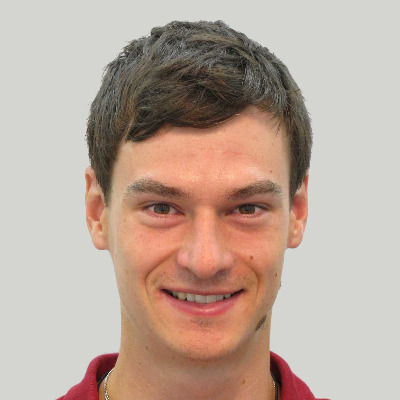 Thomas Bohnstingl Predoctoral researcher |
Making our world more sustainable and safer with AI |
|||
14:15 – 15:00 CET (8:15 – 9:00 ET)
|
|||
 Dr. Teodoro Laino Distinguished Research Staff Member & Manager |
|||
15:00 – 15:45 CET (9:00 – 9:45 ET)
| |||
 Dr. Peter Staar Research Staff Member & Manager |
 Dr. Kommy Weldemariam Chief Scientist & Master Inventor |
||
 Dr. Edward Pyzer-Knapp Research Lead, Machine Learning and AI |
 Dr. Matteo Manica Research Staff Member |
 Dr. Laura Gardiner Research Staff Member |
|
Security advances: Keeping the world secure |
|||
16:00 – 16:15 CET (10:00 – 10:15 ET)
| |||
 Dr. Marc Stoecklin Principal Research Staff Member Department Head, Security |
|||
16:15 – 16:45 CET (10:15 – 10:45 ET)
| |||
 Dr. Beat Buesser Research Staff Member |
 Dr. Abigail Goldsteen Research Scientist |
||
16:45 – 17:00 CET (10:45 – 11:00 ET)
| |||
 Dr. Elli Androulaki Distinguished Research Scientist & Manager |
 Dr. Angelo De Caro Research Staff Member |
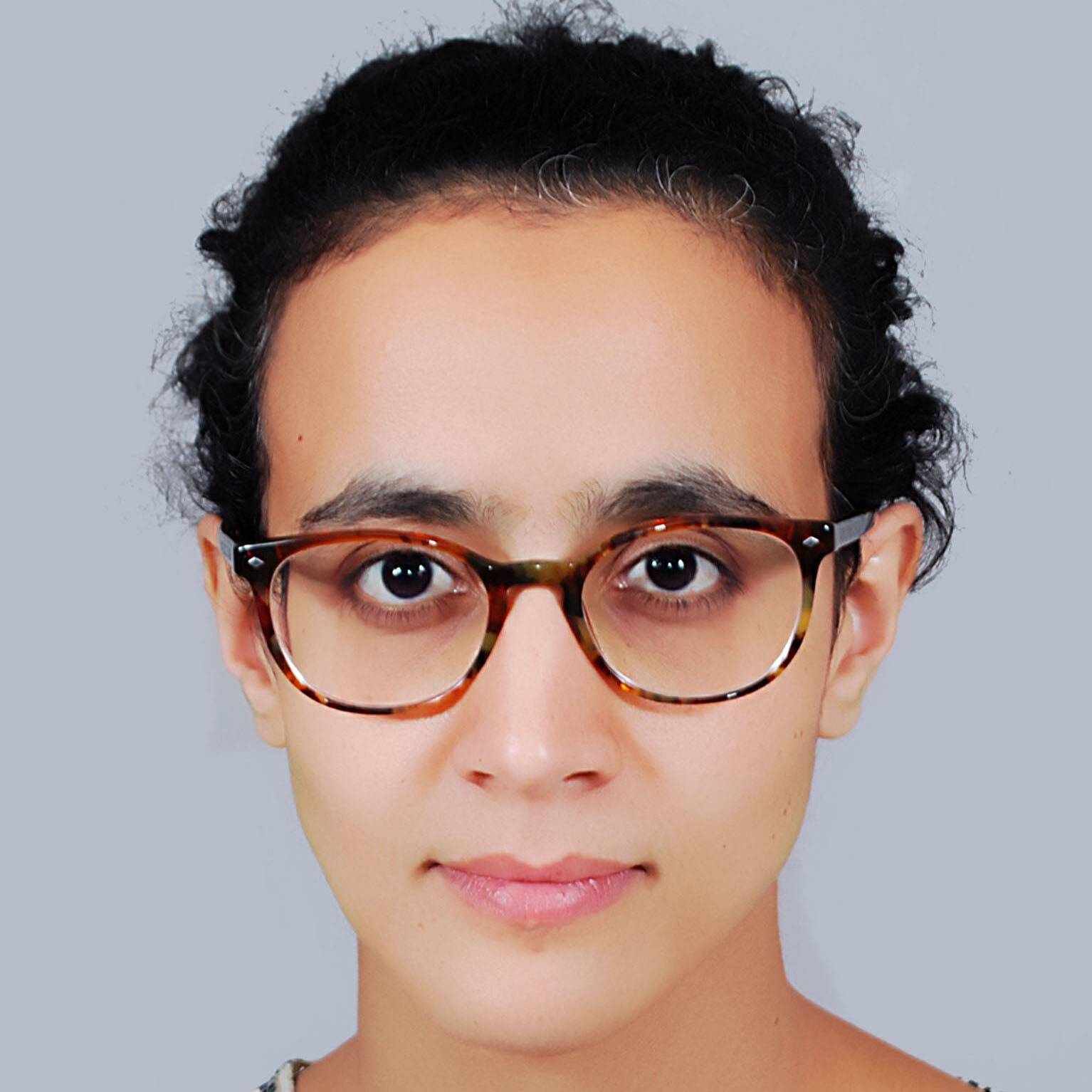 Dr. Kaoutar El Khiyaoui Research Staff Member |
|
17:00 – 17:30 CET (11:00 – 11:30 ET)
| |||
 Dr. Julia Hesse Postdoctoral Researcher |
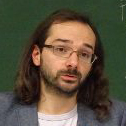 Dr. Luca De Feo Research Staff Member |
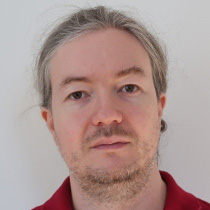 Dr. Bertram Poettering Research Staff Member |
 Michael Osborne Principal Research Scientist & Manager |
Questions?
Ask your hosts
Questions?
Ask your hosts

Angela Harp
amh@zurich.ibm.com
@harp_comms
Research Communications
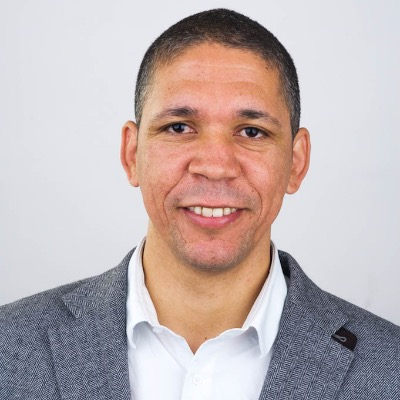
Leonid Leiva Ariosa
lla@zurich.ibm.com
@turiciencia
Research Communications
Visiting IBM Research Europe – Zurich
IBM Research Europe – Zurich campus
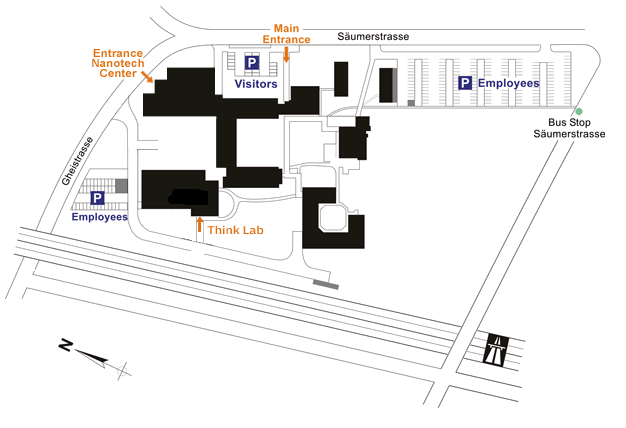
[ Click to enlarge ]
Address
IBM Research GmbH
Säumerstrasse 4
CH–8803 Rüschlikon
Switzerland
Tel. (+41) 44 724 8111
GPS coordinates: 47.309820, 8.545411
Zurich Airport information
Public transportation timetables
Hotels
Directions to IBM Research Europe – Zurich
A taxi from Zurich airport takes 30 to 40 minutes and costs approximately CHF 100 (CHF 50 from downtown Zurich).
It is considerably less expensive (approx. CHF 10 to 16) by train, see details below.
A bus from Zurich Bürkliplatz takes you almost to the door of the IBM Research – Zurich site in Rüschlikon, see details below.
By public transportation (click to open or close)
You can find information about public transportation around Zurich at the ZVV website. Please make sure you have a valid ticket before you board a train, tram or bus. You can get these tickets from vending machines or ticket counters at the Zurich Airport and Zurich main station (on buses with 3-digit numbers you can buy a ticket from the driver if there is no ticket machine at the bus stop). There are random ticket inspections on trains, trams and buses and you will be fined 90 CHF (plus the ticket) if you are caught traveling without a valid ticket—no exceptions made for foreigners.
Timetables and fares for public transportation throughout Switzerland can be found here. Enter, for example, “Zurich airport” as the point of departure and “Ruschlikon, Saumerstrasse” as the destination.
From the Rüschlikon train station (click to open or close)
Upon arriving at the Rüschlikon train station from Zurich, walk back about 200 m towards Zurich. Pass under the tracks and under Nidelbadstrasse. Here you can either wait for the bus (the bus stop is directly over the underpass), or continue walking up the hill via Vordergasse, the narrow lane right at the bus stop. (Not recommended on icy days or for guests with luggage.) Cross Alte Landstrasse and continue up Burain lane. Take the right-hand fork at the top of the steps. Continue along the path and up more steps to reach Säumerstrasse, then turn right and continue to the IBM site.
By bus (click to open or close)
Bus No. 165 takes you from Zurich Bürkliplatz at the lake to Rüschlikon “Säumerstrasse” bus stop, see maps. Note that this bus is only convenient if you are already in downtown Zurich. From the main train station, take tram 11 towards “Rehalp” to get to Bürkliplatz. The bus stop is located in the Bahnhofstrasse just off Bürkliplatz.)
See schedules: Go to Timetables.
By car (click to open or close)
Coming southbound from the airport or downtown Zurich:
Follow green signs “Zurich” — “A1 / A4 Nordring ” — “A3 Westring / Chur”. Take exit “Thalwil / Rüschlikon”. At end of ramp, enter the roundabout and take 2nd exit onto Eggstrasse. At the next roundabout, take the 1st exit (=turn right) onto Feldimoosstrasse, then left at the next intersection onto Säumerstrasse.
Coming northbound on freeway A3:
Take exit “Thalwil/Rüschlikon/Adliswil”. At end of ramp, enter the roundabout and take the 1st exit (=turn right), following signs to “Adliswil/Rüschlikon”. At the next roundabout, take the 1st exit (=turn right), then at the 3rd roundabout, take the 1st exit (=turn right) onto Feldimoosstrasse, then left at the next intersection onto Säumerstrasse.
By rental car (click to open or close)
Note that all cars using Swiss freeways (motorways) have to display a toll sticker called a “vignette” attached to the windshield. One can buy a vignette for CHF 40 at border crossings and customs offices as well as at gas stations throughout Switzerland. They are valid for the calendar year. This means that, although it is no problem to take, for example, a German rental car into Switzerland, you will most likely have to buy and attach a Swiss vignette yourself, because German cars do not necessarily have them. Please also note that most car rental companies charge a considerable additional fee if you return a German rental car in Switzerland.
Here is information about the Swiss freeway vignette.
On foot (click to open or close)
To walk up the hill from Rüschlikon train station to IBM Research – Zurich’s site, pass under the tracks and under Nidelbadstrasse. Continue walking up the hill via Vordergasse, the narrow lane right at the bus stop (not recommended on icy days or for guests with luggage.) Cross Alte Landstrasse and continue up Burain lane. Take the right-hand fork at the top of the steps. Continue along the path and up more steps to reach Säumerstrasse, then turn right and continue to the IBM site.
Approx. 15 minutes uphill.
